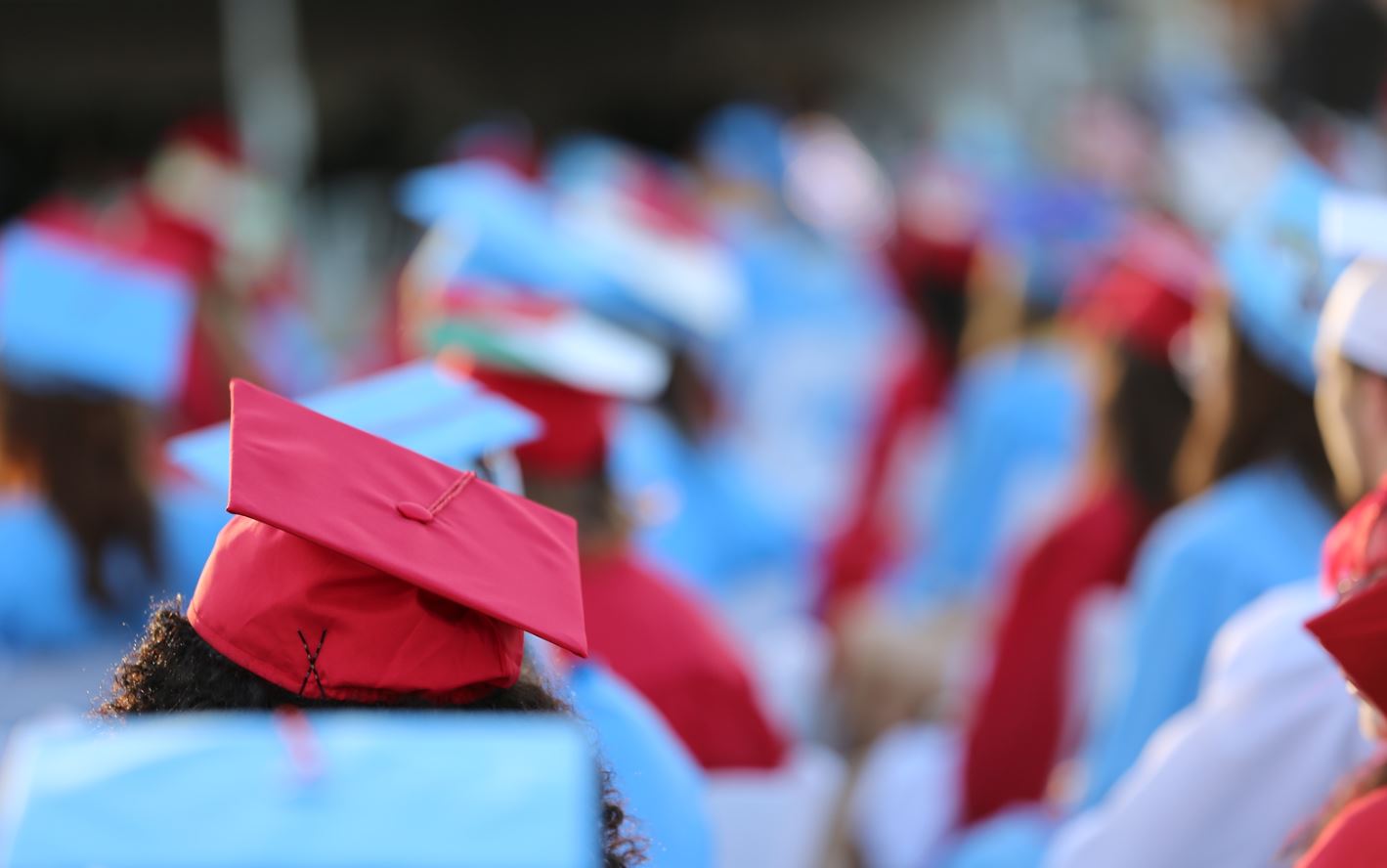After school, several South Salem High School students practice their skills learned from class, properly taping a student’s ankle. Photo taken by Stephanie Romeo
Welcome to the World of CTE
The Career and Technical Education (CTE) program equips students with the necessary hands-on training to excel in their future careers. This program is designed to offer skills and experience to ensure that students are prepared to succeed in their chosen fields.
According to the South Salem High School website, more than 10,000 students are enrolled in Salem-Keizer’s CTE programs, which have a 99.37% graduation rate.
South Salem High School offers a range of CTE courses for students to choose from, one of them being the Sports Medicine program. This program explores the science behind athletic performance, injury prevention and rehabilitation. Students get to work with healthcare professionals, certified athletic trainers and use the same equipment and techniques as fitness, wellness and rehabilitation centers nationwide while also getting work-based experience.
Sports Medicine at South Salem High School: Beginner Courses
The Sports Medicine program offers opportunities for students to gain in-depth knowledge and skills in this field, such as volunteering at the Salem Hospital, while earning college credit and internships.
A diverse range of classes is available to students, spanning from introductory to college-level courses. Among them is Intro to Health Services, which acquaints students with fundamental terminology, anatomy, physiology and medical terms. Additionally, this course features career exploration, a historical overview of medicine and an examination of mental and social health concepts.
Health Services I and II is designed to introduce students to the healthcare field and is a very hands-on class where students cover medical ethics, practice sutures, blood drawing, forensics and many other skills. Emphasis is placed on developing healthcare-specific knowledge and skills in effective communications, employability skills, ethical and legal responsibilities, safety and emergency skill knowledge. Health Services II prepares students for their participation in the healthcare world. Students will explore different career opportunities in the healthcare field as well as complete job shadows such as going to the Salem Hospital and seeing first-hand what it is like working in a hospital setting.

Take Advanced Classes and Learn the Medical Trade
Athletic Training I and II familiarize students with the different aspects of the sports medicine field. Throughout the class, basic first aid and CPR are taught through the American Red Cross. Students also work with injury prevention, basic conditioning, nutrition, injury recognition and treatment and the lower leg, foot and ankle. Athletic Training II goes more in-depth on the topics of Athletic Training I while furthering the exploration of the knee, shoulder and other commonly injured areas of the body.
Sports Medicine Practicum is for students interested in a career in the area of Sports Medicine, especially Athletic Training. Students gain real-world experience and an insight into the athletic training profession by working and training under the guidance of a Certified Athletic Trainer or working in other clinics.
Medical Terminology I and II are courses where students learn the terminology related to healthcare professions and specialties, equipment and drugs. Moreover, students learn about the anatomy, physiology and pathophysiology of the musculoskeletal, cardiovascular, respiratory, blood and lymphatic systems. Medical Terminology II will build on the medical terminology that students learned in Medical Terminology I. The focus of this course is the digestive system, urinary system, female and male reproductive system, nervous system, lymphatic and immune systems, the skin and sense organs.
IB Sports, Exercise and Health Science (SL) is a standard-level IB course that analyzes the intersection of human biology and sports/exercise performance by investigating the effect of physical activity on the body, patterns of movement, metabolism and nutrition. Students analyze illicit drug use and legal supplementation as well as psychological effects on performance.
Aaron Howard and Megan Holman’s Perspective on Sports Medicine
“I value working with kids. Watching students embrace the content and putting concepts together to solve a problem. It is awesome when the light bulb turns on with students and they really start to understand how the body works. I love when students are doing evaluations and can figure out what the possible injury might be,” Aaron Howard said.
Howard has taught Sports Medicine for the past nine years, he teaches Athletic Training I and II along with Sports Medicine Practicum. His favorite part of teaching is working with the students.
“They make me laugh every day and each day is different from the last,” Howard said.
Megan Holman, another Sports Medicine teacher, has been teaching for two years at South. She teaches Wellness I, Health Services I and II and Medical Terminology.
“Growing up, I always dreamed about having a career in the medical field or being a teacher. By teaching Health Services, I get the best of both. I love the medical field and being able to educate students on it has been very fun and fulfilling for me,” Holman said.





